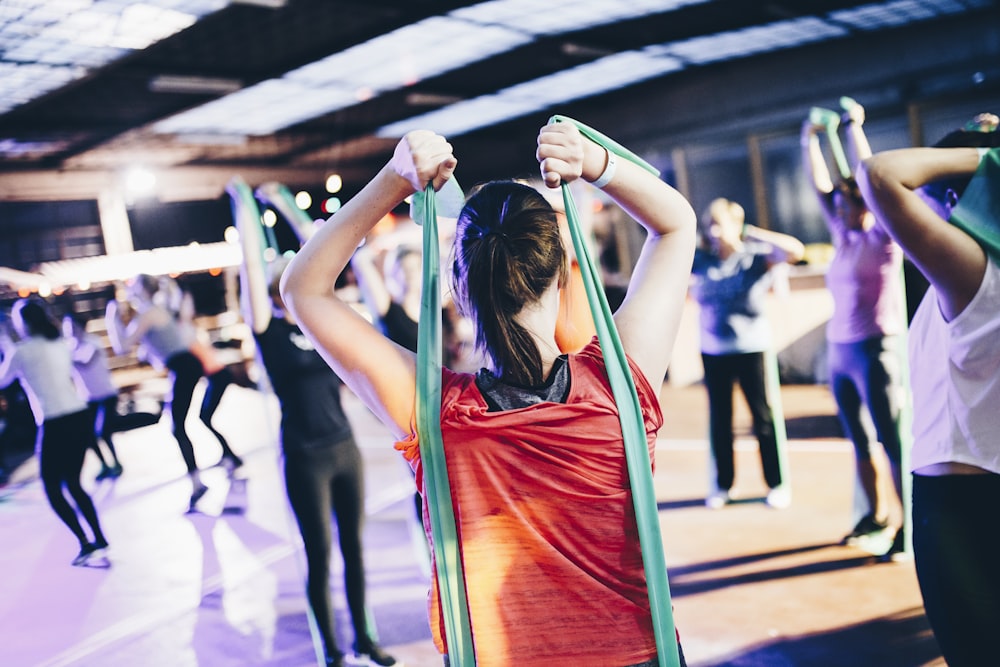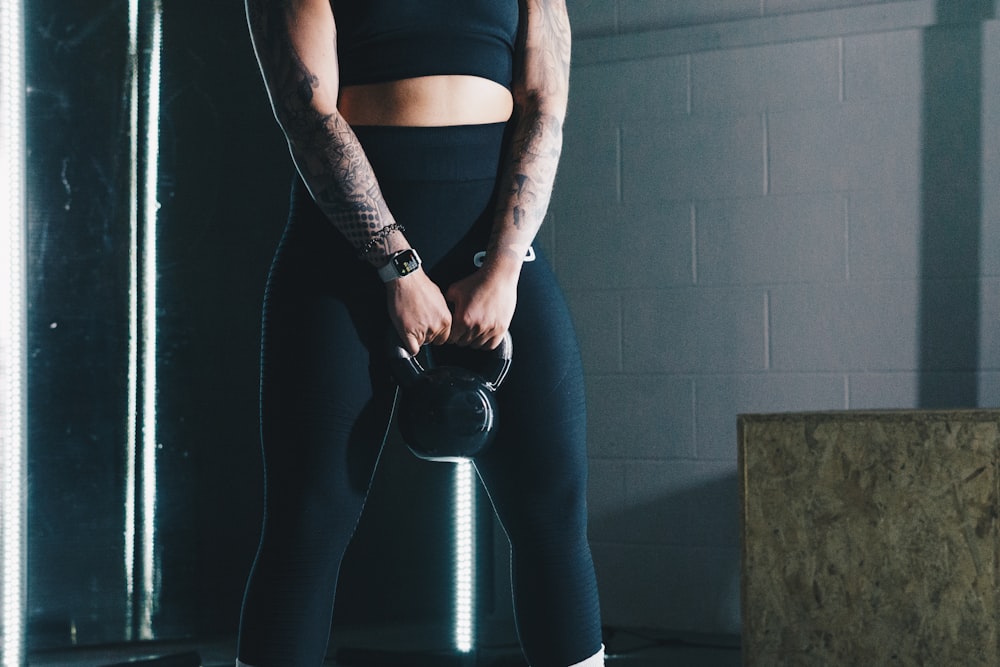Cool-Down Essentials Techniques for Muscle Recovery
Gentle Stretches for Cool-Down After Exercise
Introduction
After a vigorous workout session, it’s crucial to dedicate time to cool down properly. One of the most effective ways to do this is through gentle stretching techniques. In this article, we’ll explore the importance of cooling down and delve into specific stretches that can aid in your post-workout recovery.
Why Cool Down Matters
Many people underestimate the significance of a proper cool-down routine. It’s not just about slowing down your heart rate; it’s also about promoting flexibility, reducing muscle soreness, and preventing injuries. A well-executed cool-down sets the stage for better recovery and improved performance in future workouts.
The Benefits of Gentle Stretches
Gentle stretches during your cool-down phase offer a myriad of benefits. They help lengthen tight muscles, improve blood flow, and enhance joint mobility. Additionally, incorporating stretches into your routine promotes relaxation and reduces stress, both physically and mentally.
Essential Cool-Down Stretches
- Hamstring Stretch: Sit or stand with one leg extended and gently lean forward, reaching for your toes. Hold the stretch for 20-30 seconds and switch sides.
- Quadriceps Stretch: Standing tall, bend one knee and grab your ankle behind you. Gently pull your heel towards your glutes while keeping your knees close together. Hold for 20-30 seconds and switch sides.
- Calf Stretch: Stand facing a wall with one foot forward and one foot back. Lean into the wall, keeping your back leg straight and your heel on the ground. Hold for 20-30 seconds and switch sides.
- Upper Body Stretch: Interlace your fingers and reach overhead, stretching your arms towards the ceiling. Lean gently from side to side to stretch your side body.
- Child’s Pose: Kneel on the ground and sit back on your heels. Reach your arms forward and lower your chest towards the ground, resting your forehead on the floor. Hold for 30 seconds to a minute, focusing on deep breathing.
Tips for Effective Stretching
- Focus on slow, controlled movements.
- Never bounce or force a stretch beyond your comfort level.
- Listen to your body and modify stretches as needed.
- Incorporate deep breathing to enhance relaxation and flexibility.
- Stay consistent with your cool-down routine to reap the full benefits over time.
Conclusion
By incorporating gentle stretches into your post-workout routine, you can enhance your recovery, improve flexibility, and reduce the risk of injuries. Remember to dedicate time to cooling down after each workout session to optimize your fitness journey. Read more about Cool-down techniques post-workout








